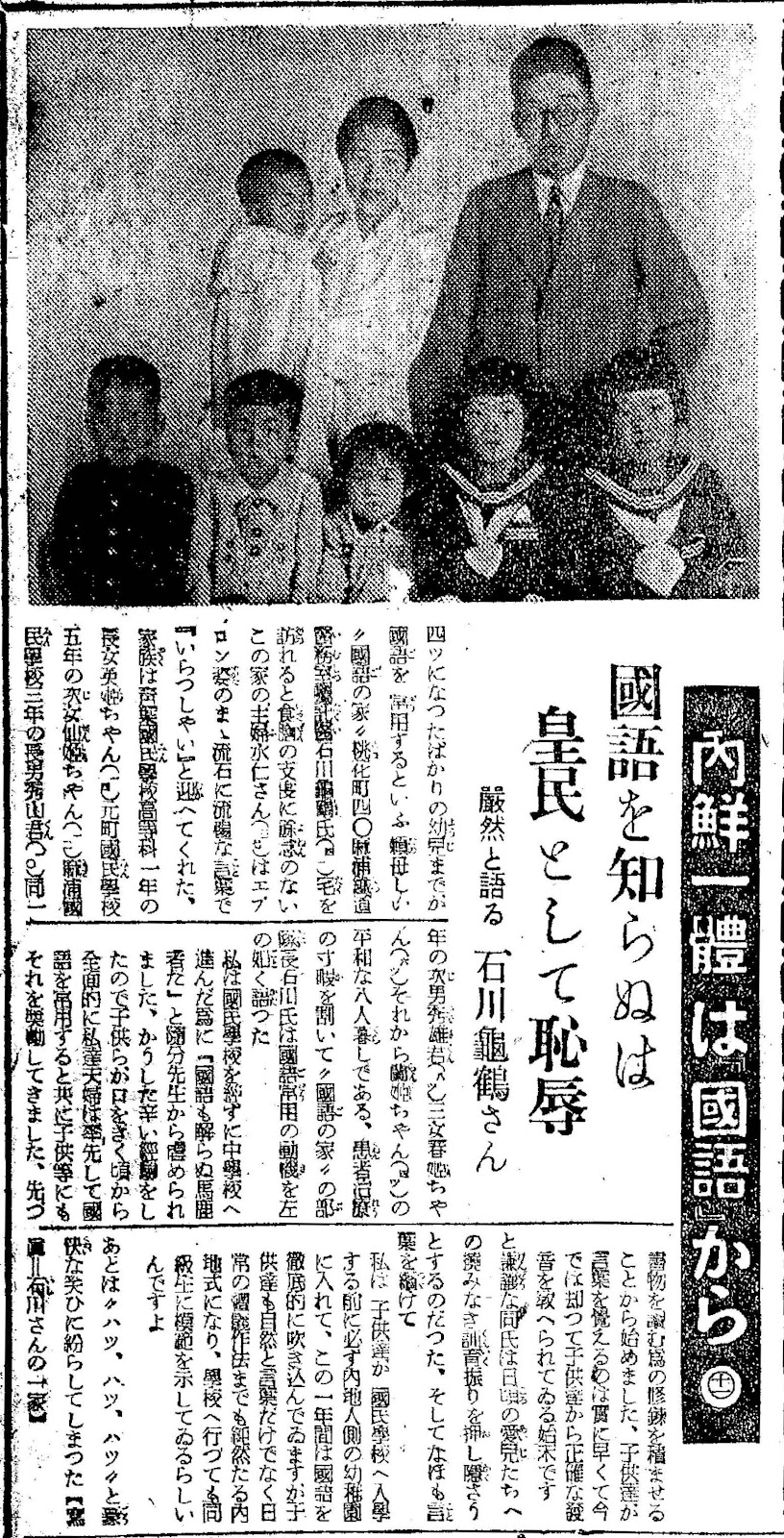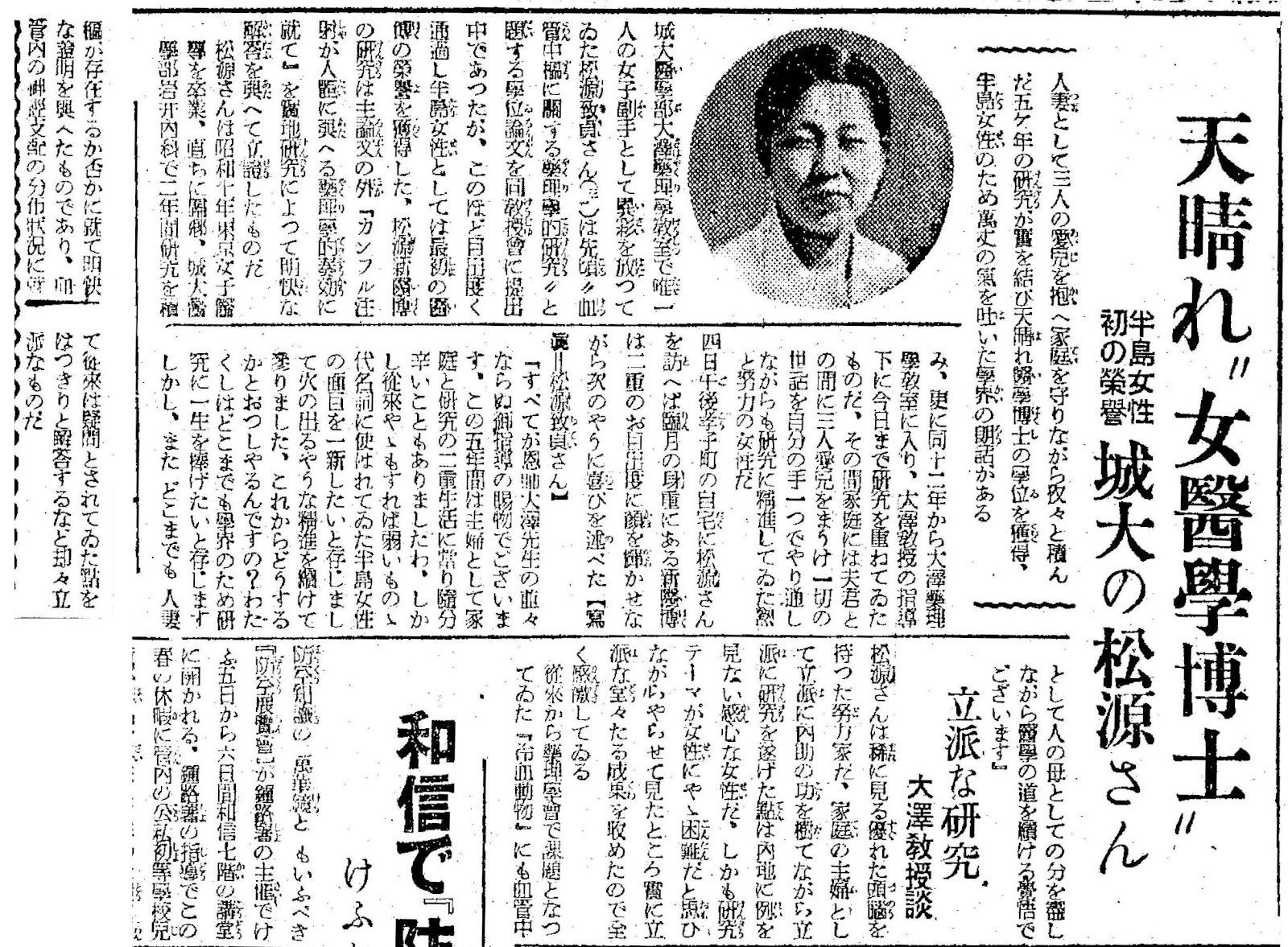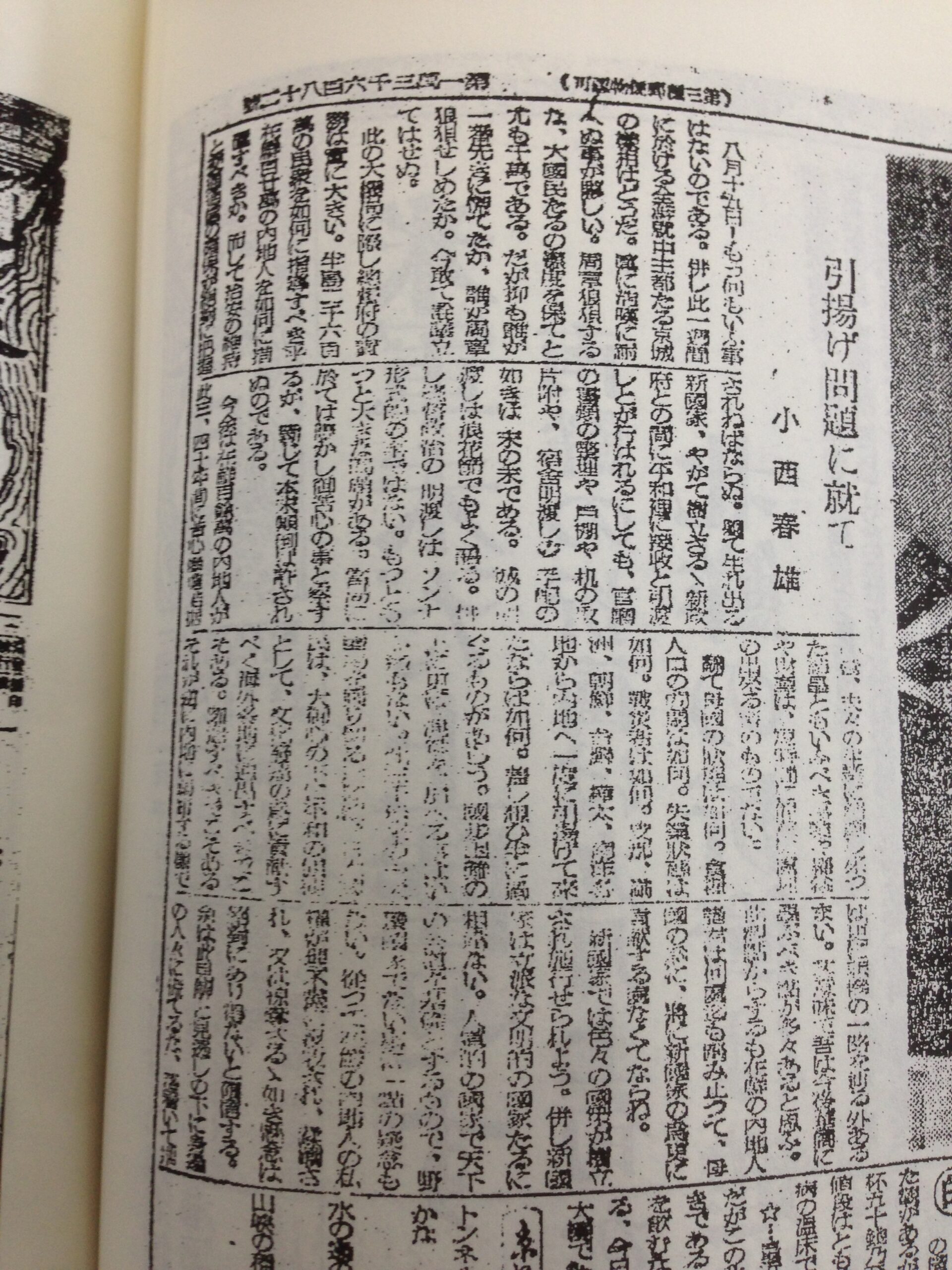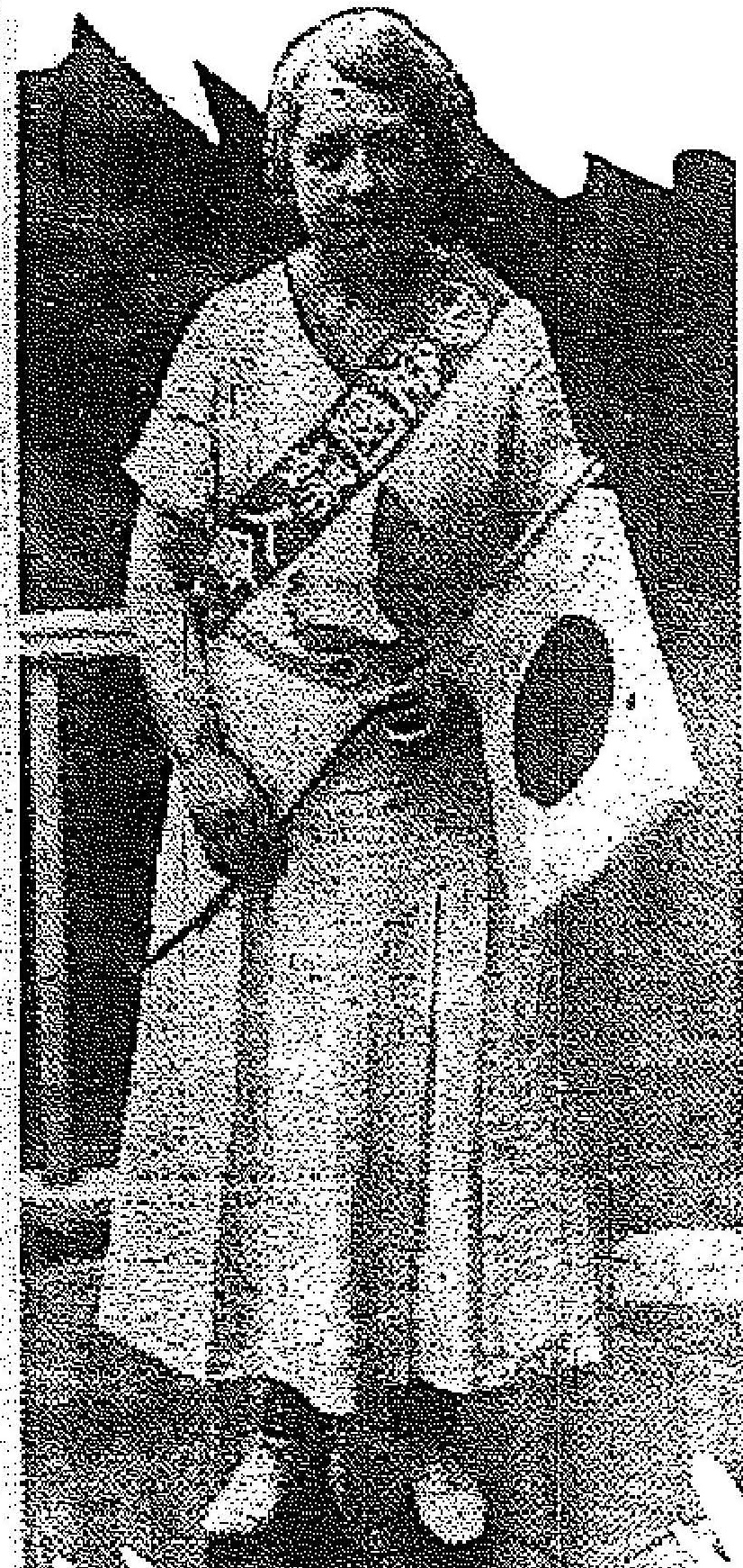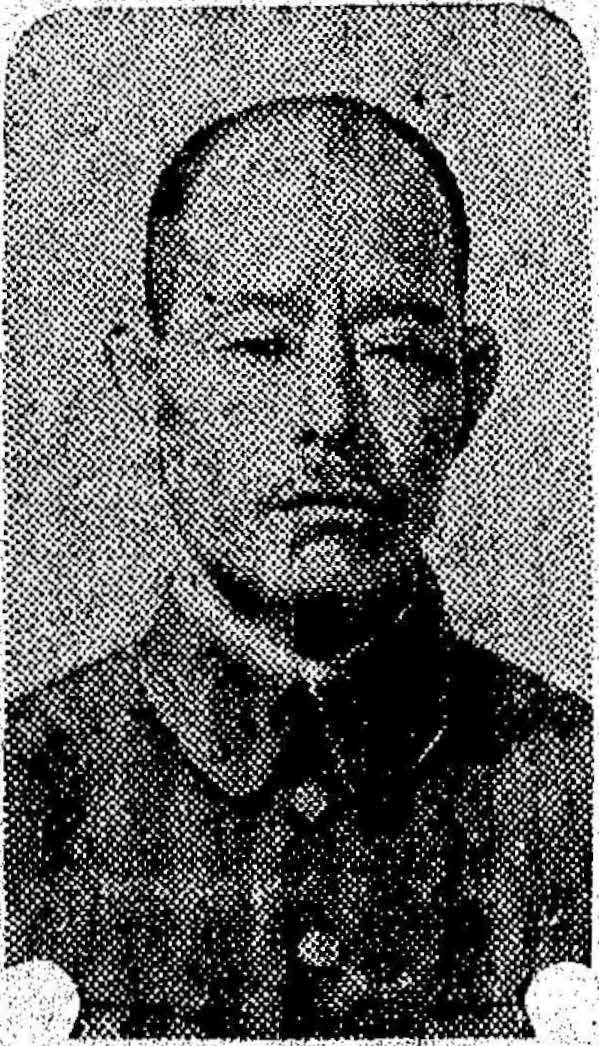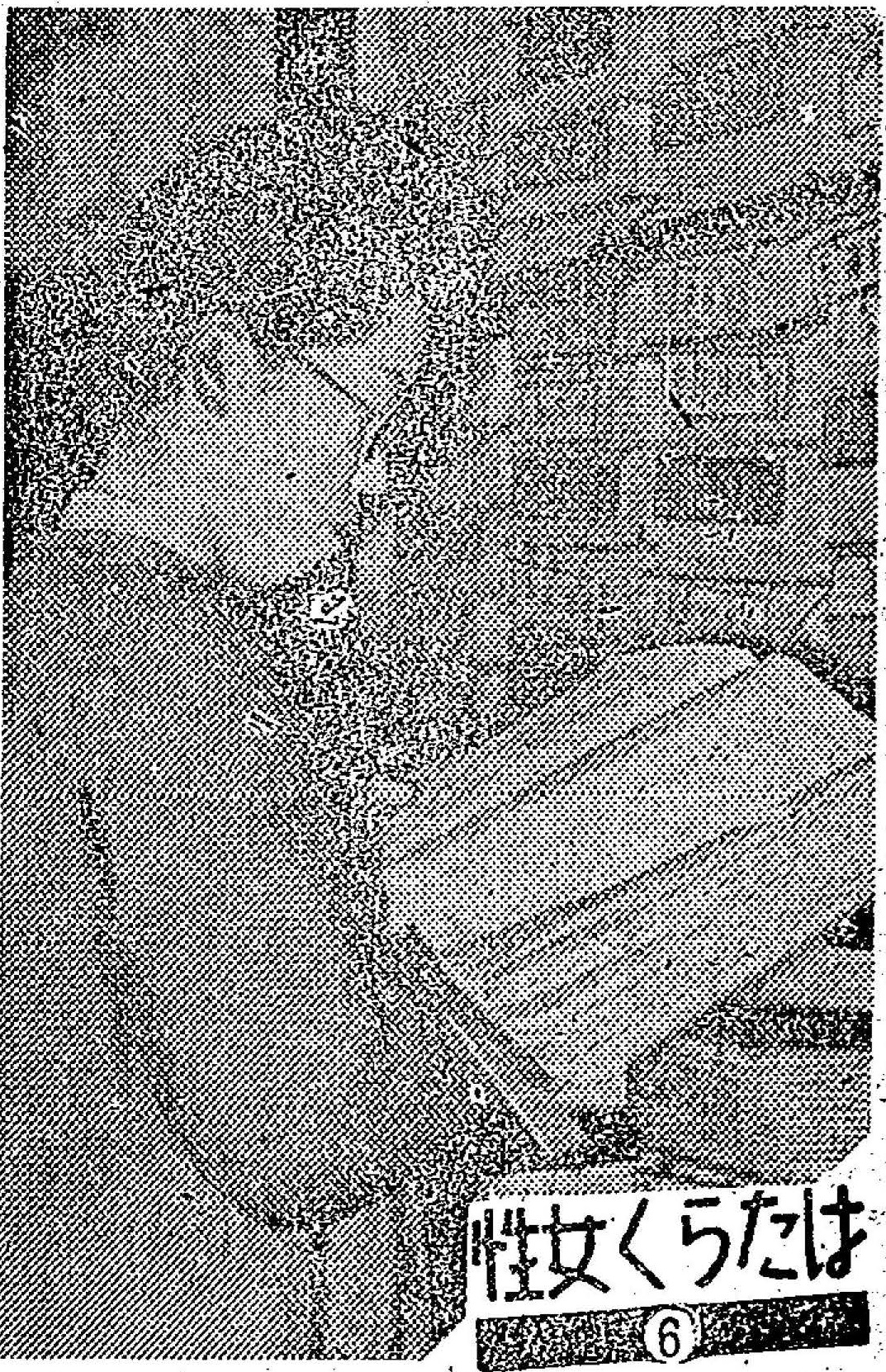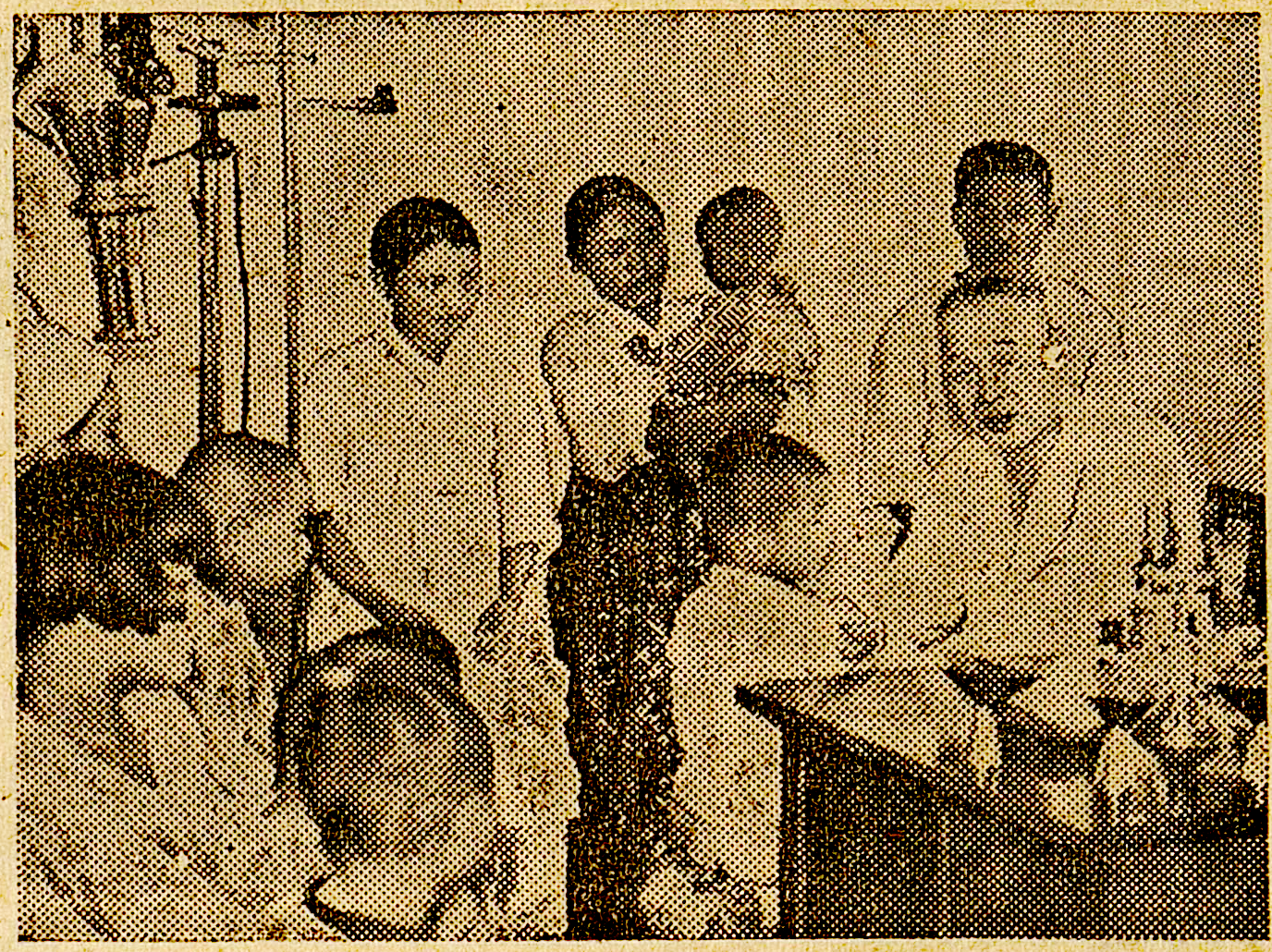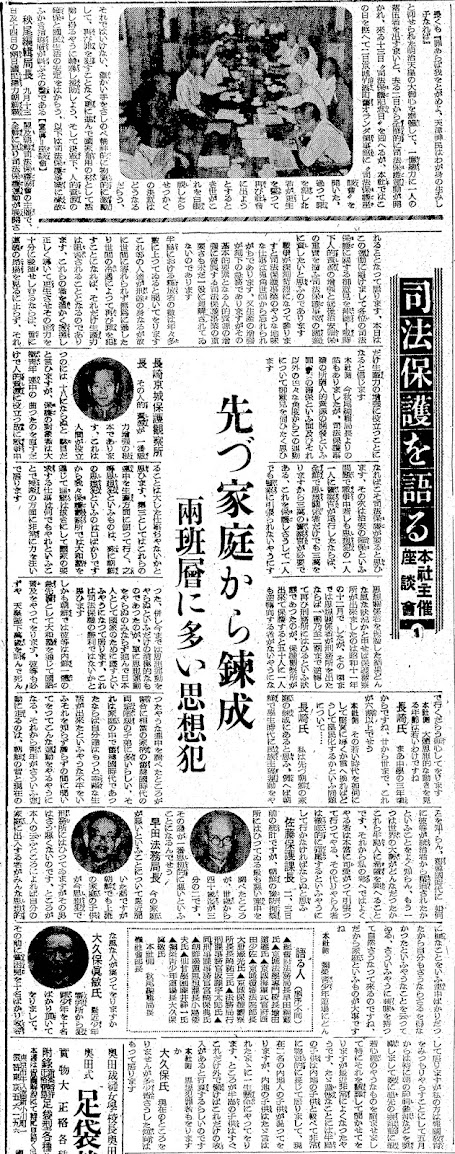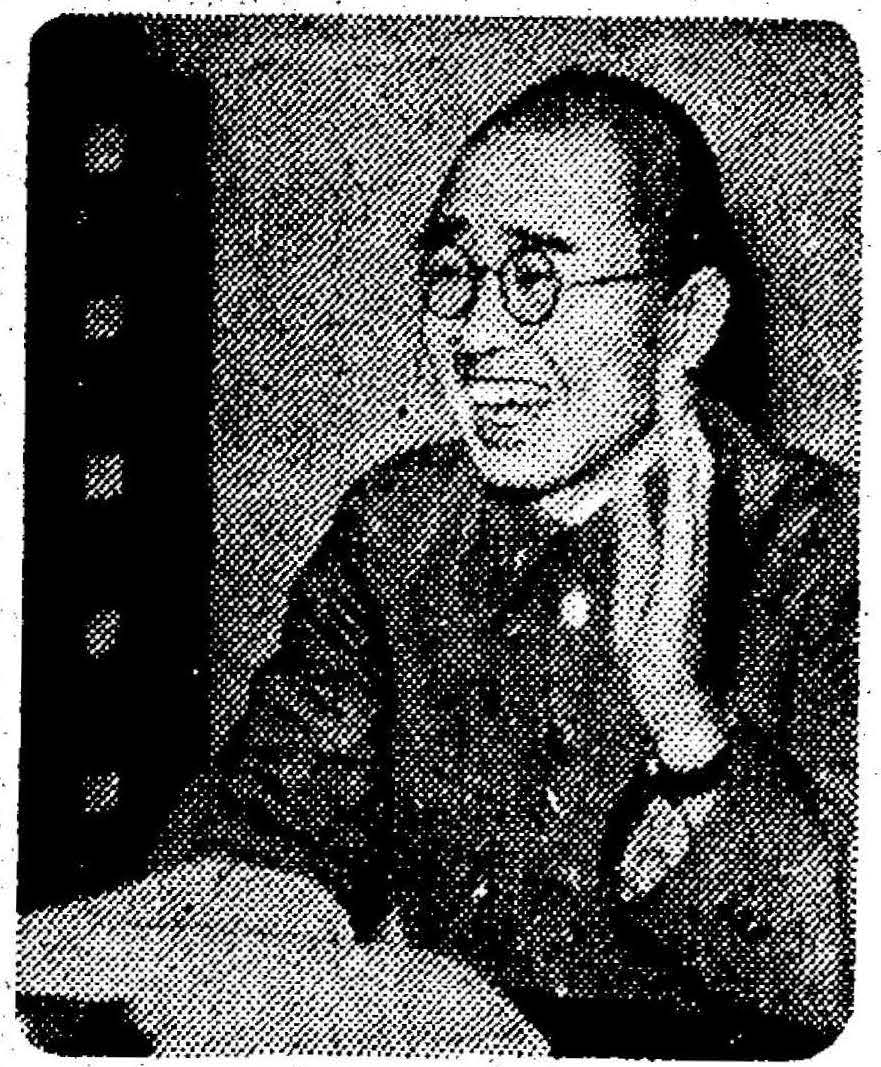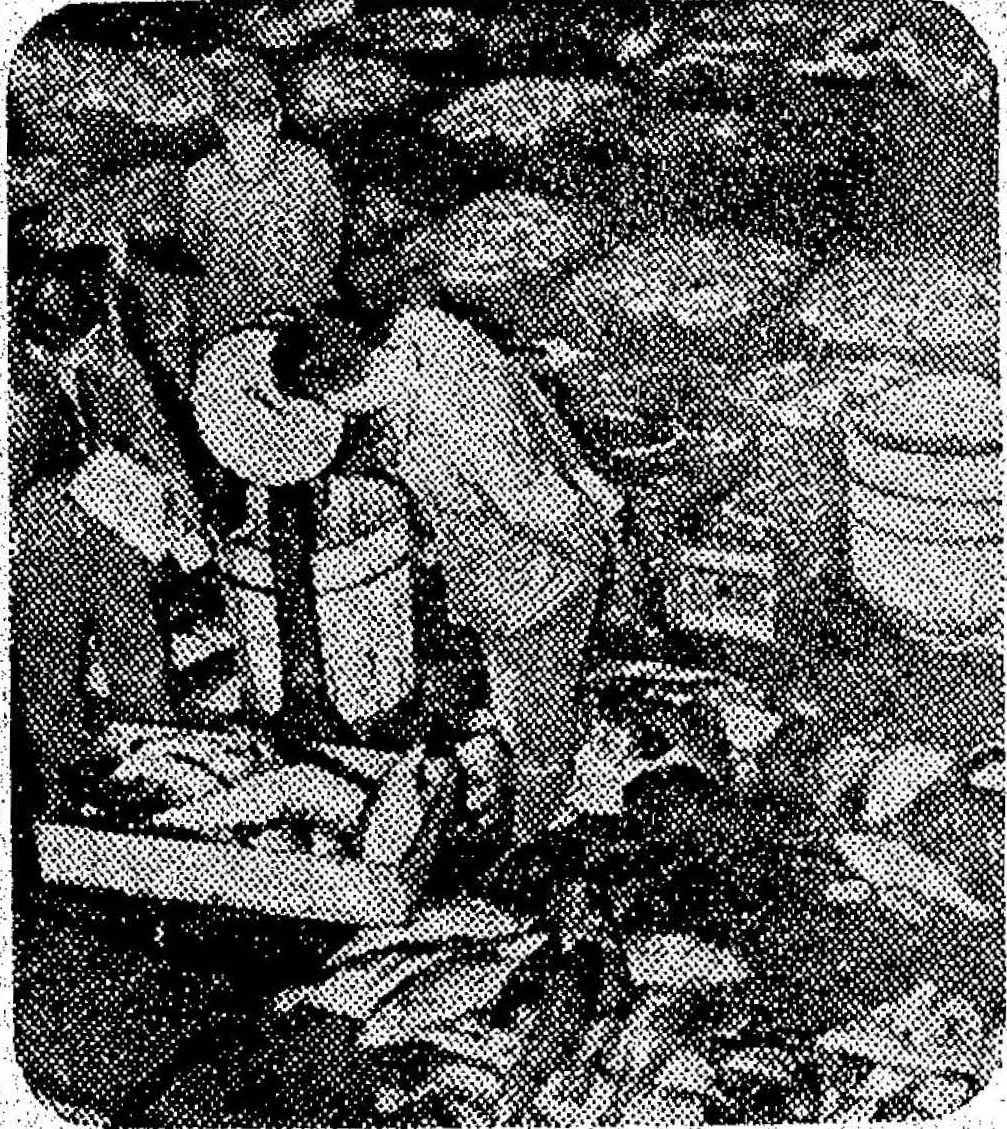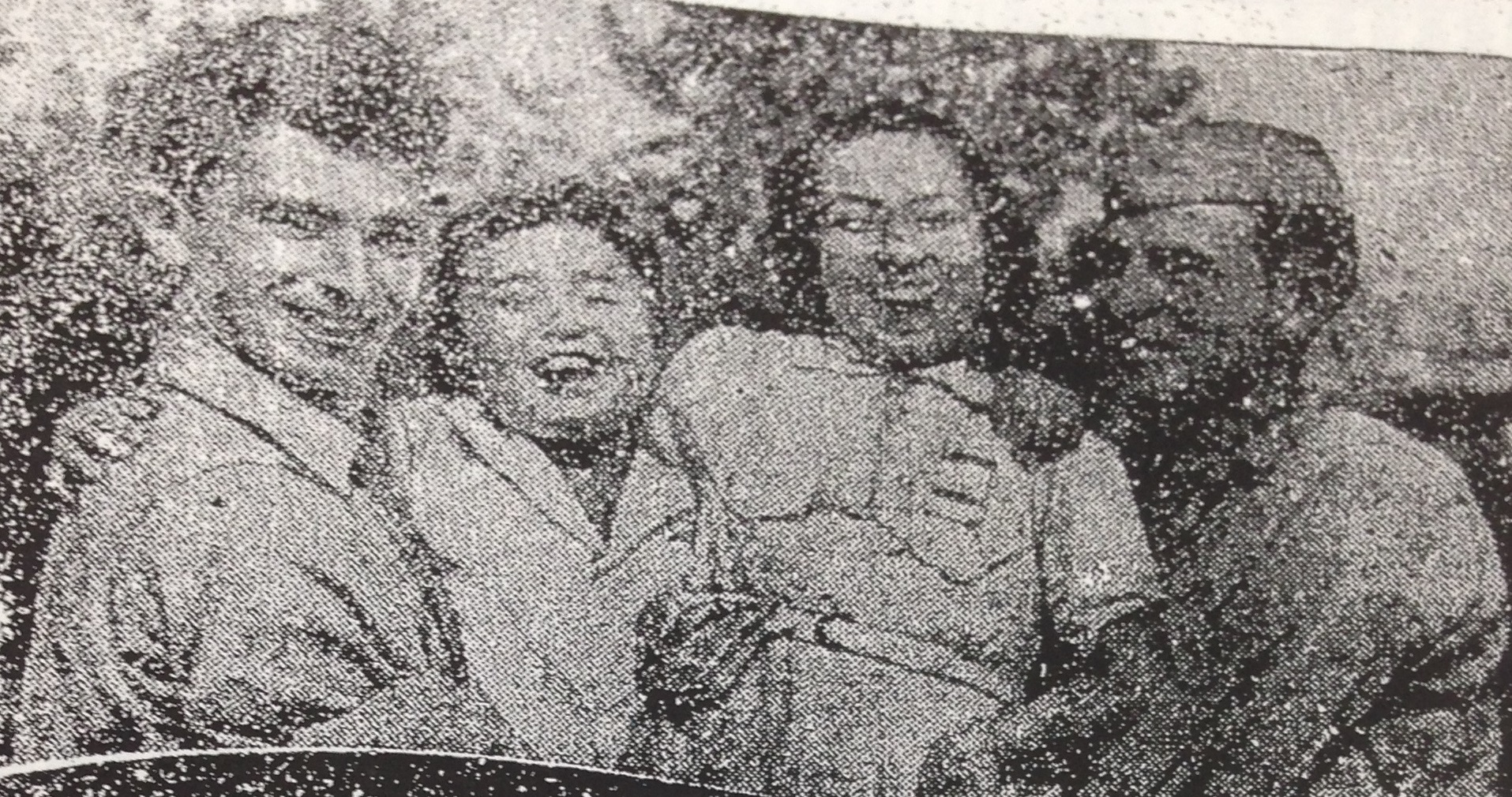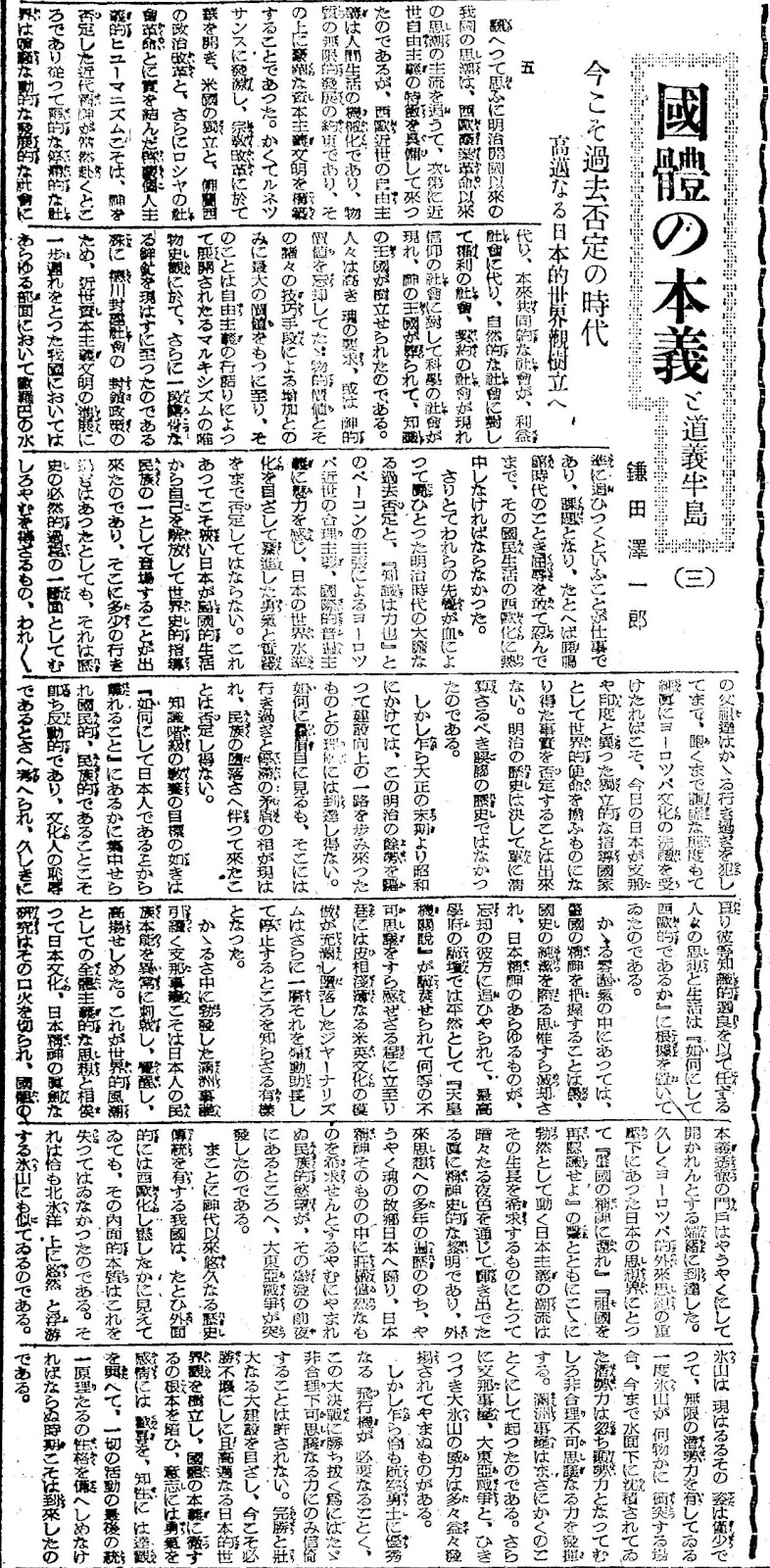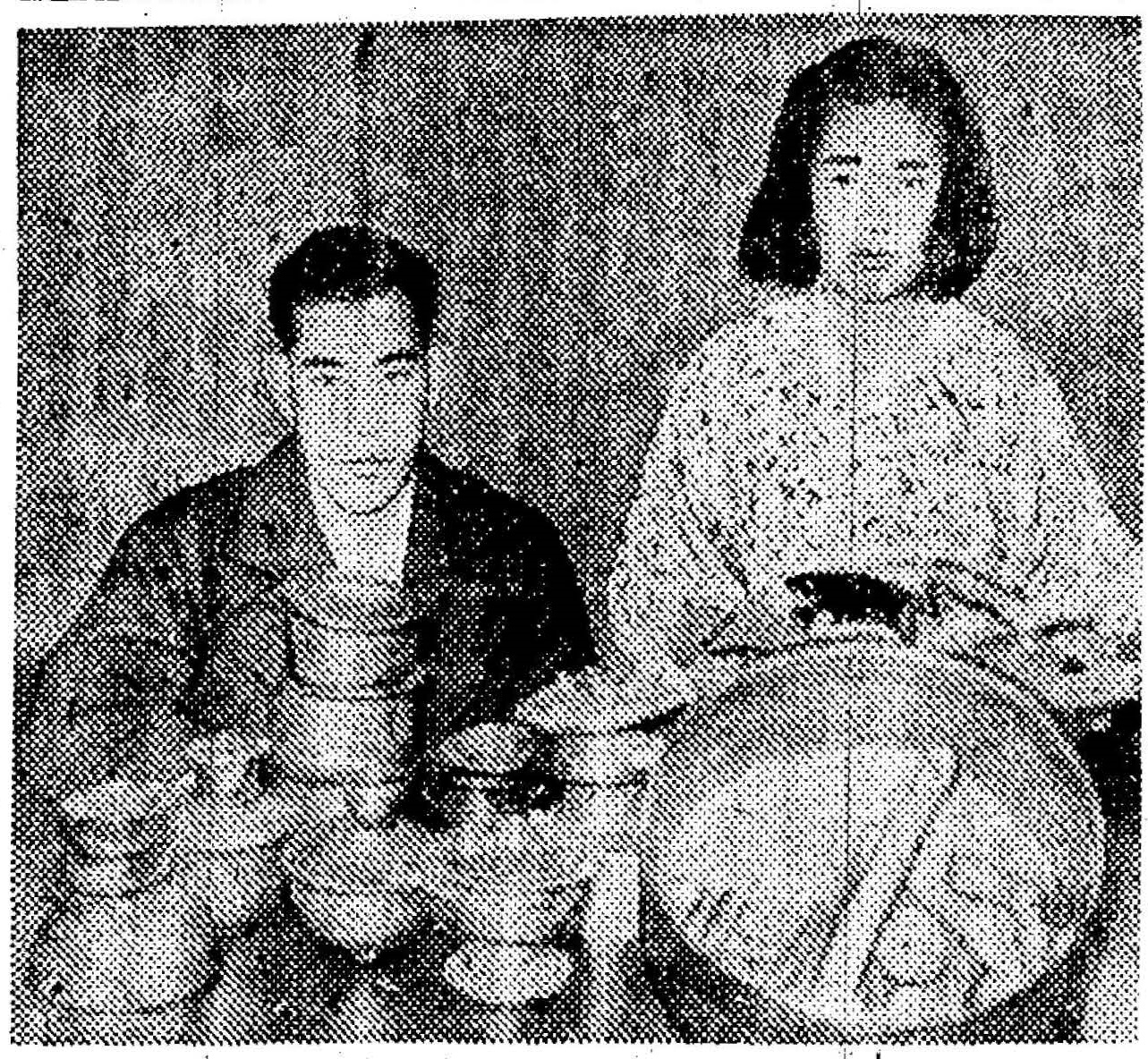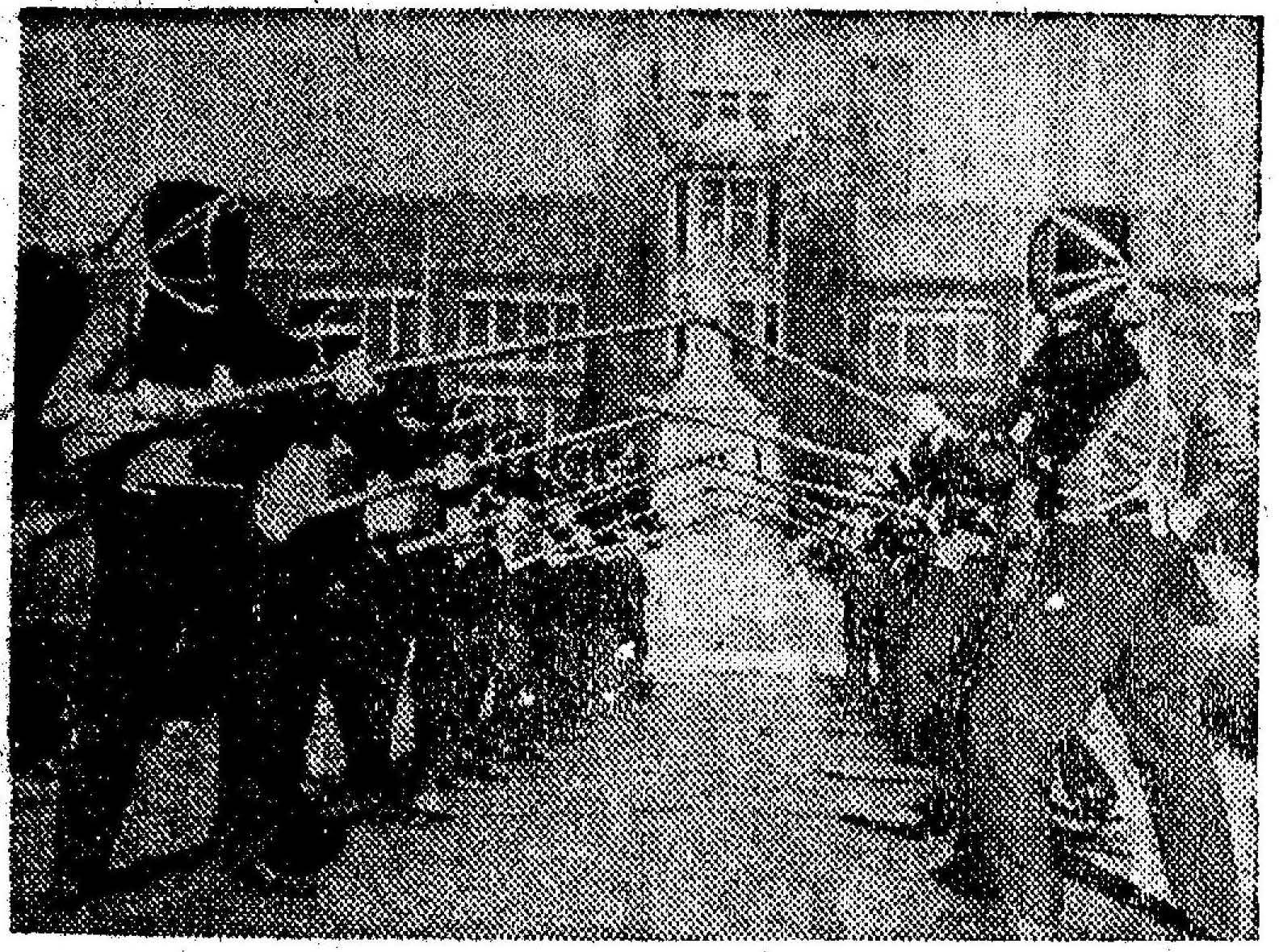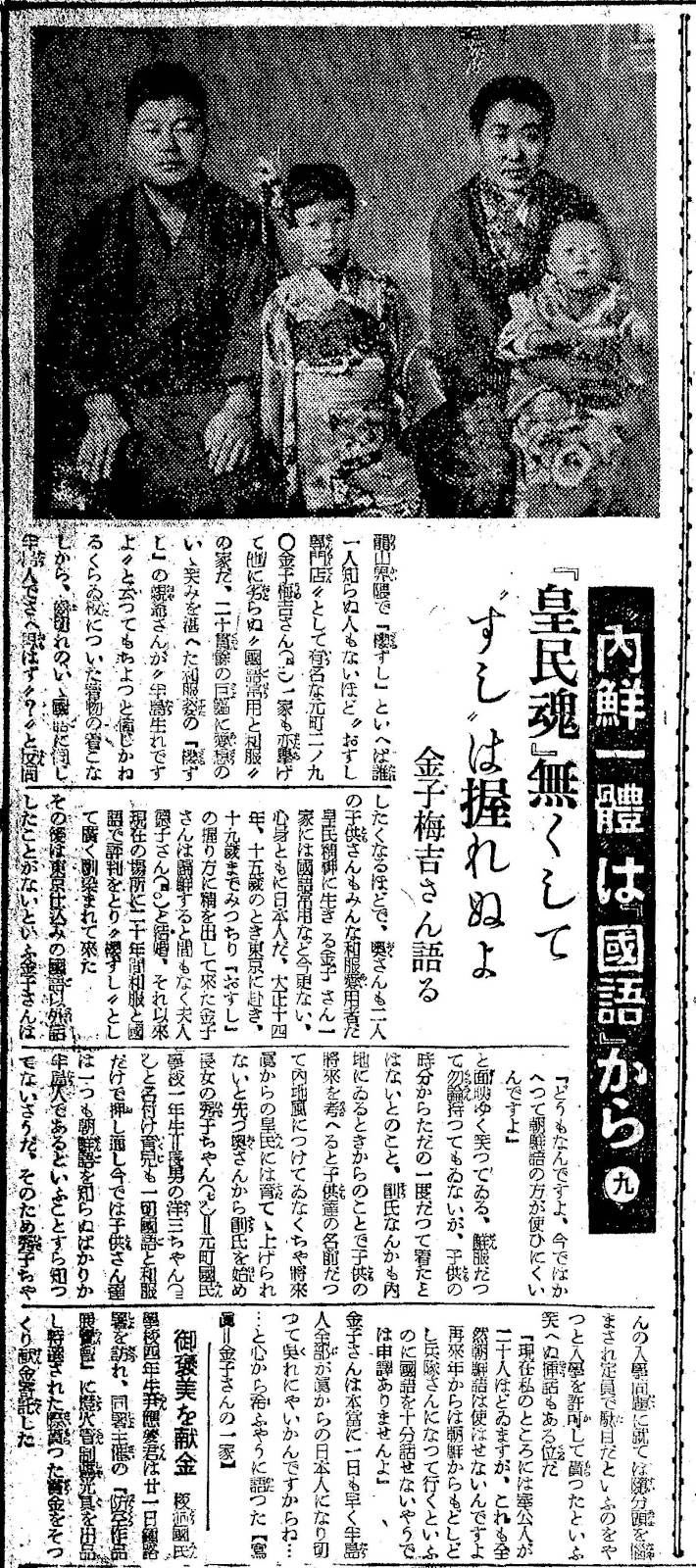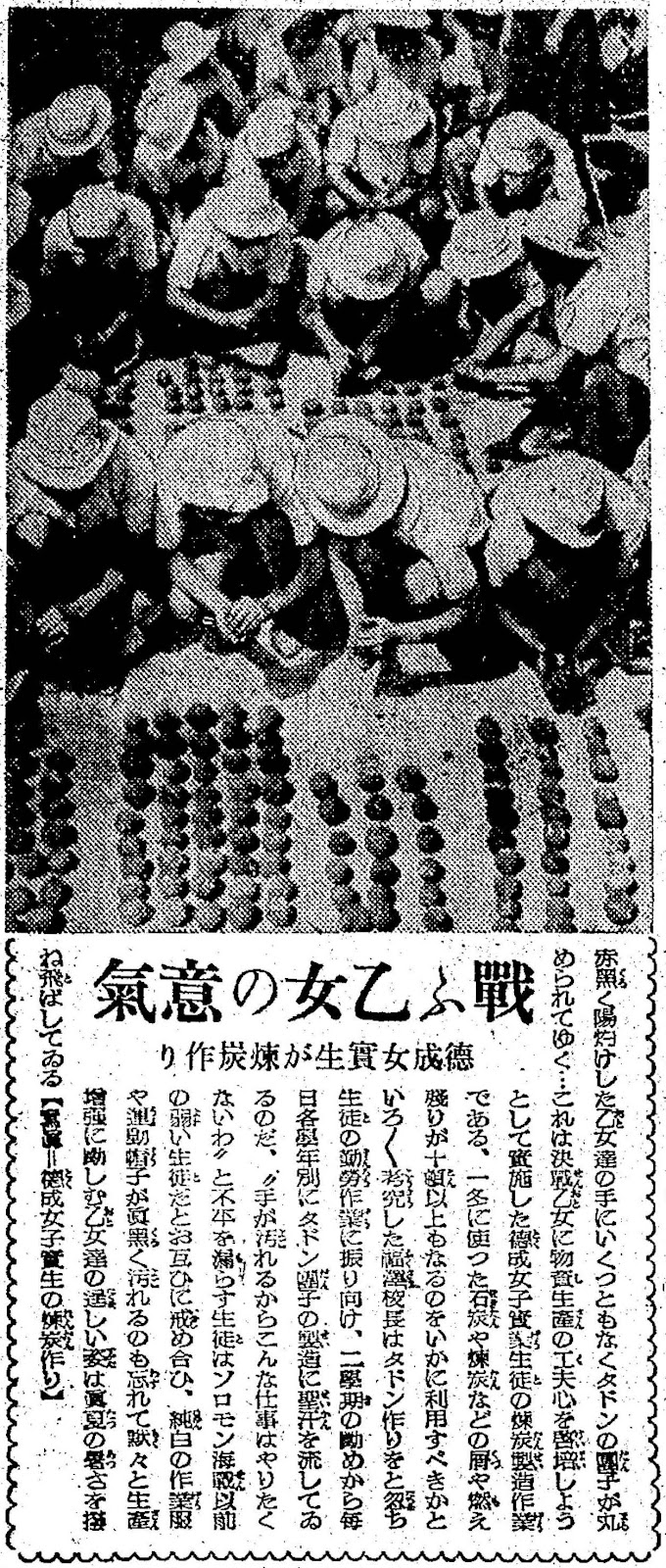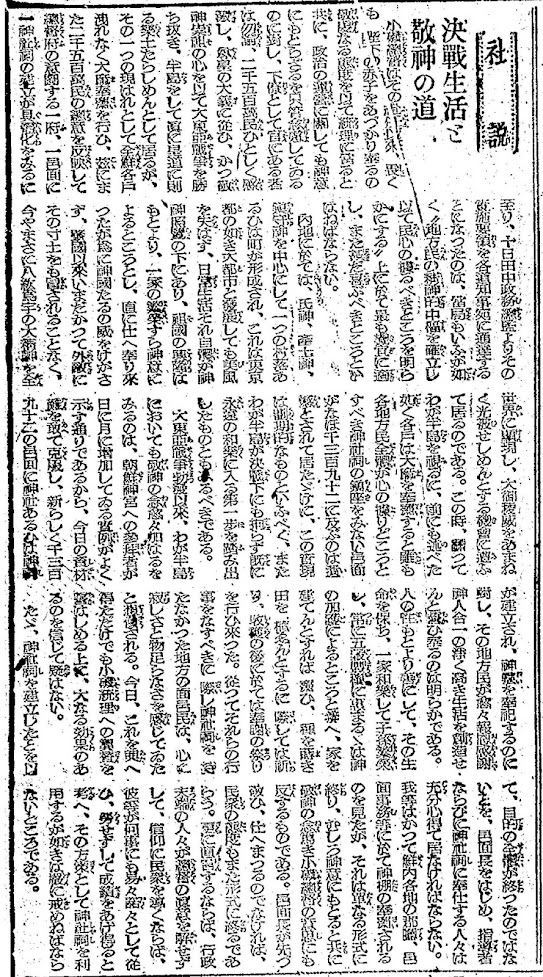
Propaganda editorials about Shinto shrines built in every township in Korea so Koreans don’t feel so ‘lonely and empty in their hearts’ and Korea can become a ‘paradise truly in accordance with the Imperial Way’ where every Korean is required to perform the Jingu Taima exorcism ceremony at home
This is my translation and transcription of two news editorials from Keijo Nippo, a propaganda newspaper and mouthpiece of the government of Japan-colonized Korea. These have never been republished or translated before, to the best of my knowledge.
It is April 1944, over two years into total war against the United States and Britain, and it is not going so well for Imperial Japan. Here, Governor-General Koiso‘s office announces plans to build Shinto shrines all over Korea in every eup (town) and myeon (township) that does not yet have one, and make every town leader and township leader compel the residents to worship their birth deities, all in spite of severe wartime material and labor shortages. It sounds crazy on many levels, but perhaps the superstitious war leaders thought that currying favor with the gods would somehow turn the tide in Imperial Japan’s favor.
The issue of Shinto shrines is a particularly sensitive topic that can still evoke strong emotional reactions among both Japanese and Korean people. Many Japanese are still angry at the fact that the 1000+ Shinto shrines that were built in colonial Korea were all destroyed following the end of the war, starting with the Pyongyang shrine which was set on fire on August 15, 1945, the day Imperial Japan surrendered. Today, the only vestiges of the shrines in Korea are found in their ancillary structures, like the stairs. A statue of Kim Il-sung now stands on the former site of Pyongyang shrine.
However, it is also important to understand the context as to why this destruction occurred, and why the shrines were so universally hated all over Korea. We have to understand that, in Japan-colonized Korea, the Shinto religion (State Shintoism) was weaponized as a tool of oppression against the Korean people, starting with the administration of Governor-General Minami in 1937 and continuing under subsequent Governors, including Governor-General Koiso, who was a narcissist notable for putting young Korean girls into internment camps to turn into ‘true Japanese’ mothers, with the idea that this would have a multiplier effect as these Korean girls become mothers who raise Japanese children. But immediate wartime needs apparently turned this project into a more practical wartime work force program.
There were loud sirens at 7 am and noon to perform Shinto prayers. The 7 am Kyūjō Yōhai ritual (宮城遥拝) involved bowing several times in the direction of the Imperial Palace in Tokyo while standing, almost reminiscent of the Muslim salah prayer in the qibla direction of Mecca. The noon prayer was a moment of silence in honor of the Imperial Japanese soldiers.
Koreans were also forced to attend compulsory worship services in person at Shinto shrines. Those who refused to attend would not receive their food rations. They were also forced to keep miniature Shinto shrines (kamidana) in their homes and perform a special Jingu Taima exorcism ceremony in front of them.
Every Korean belonged to a patriotic neighborhood cell (aikoku-han or aeguk-ban, 愛国班) of the Federation of National Power (国民総力朝鮮連盟, 국민총력조선연맹), the single ruling party of Japan-colonized Korea. In 1943, the Secretary General was a Japanese named Mr. Hada, but by 1944 he had apparently been replaced by a Korean named Mr. Han. The cell system worked much like the present system in Cuba and North Korea, where each cell leader would make sure that all the cell members followed the rules, even to the point of prying into their private lives. Neighbors would report each other for infractions, perhaps for breaking rules like speaking Korean in public, sleeping in and not performing the 7 am prayers, or not looking reverent enough during worship services. Saying the wrong things, like wishing for independence, would have branded you ‘an ideological criminal’ and landed you in a reeducation center.
Understandably, such a prolonged stressful, oppressive experience must have inflicted a lasting psychic trauma on the Korean people, which is still straining relations between the Korean and Japanese people to this day.
In postwar Japan, the State Shintoism apparatus is officially dismantled, but Yasukuni shrine survives as the last remaining active State Shinto shrine. Even though Yasukuni is officially a nongovernmental religious entity with no official affiliations with the Japanese government, far-right Japanese politicians still visit and pay their respects to the war criminals enshrined as gods there as if it were a de facto state shrine, a sad reminder that the Imperial Way ideology of the past still lives on in the present Japanese government.
(Translation)
Gyeongseong Ilbo (Keijo Nippo) April 11, 1944
Editorial: Life in Decisive Battle and the Way of Respect for the Gods
Since his appointment, Governor-General Koiso has been administering the affairs of the country with a reverent attitude as if he were entrusted with the baby of His Majesty the Emperor, and in the management of politics, he has been mindful to follow the will of the gods. All of us in the government, not to mention the 25 million people of Korea, are deeply moved to follow the cause of the Emperor and win the Greater East Asia War with a heart of respect for the gods and the forefathers, and to make the Korean peninsula a paradise truly in accordance with the Imperial Way. As one manifestation of this, every household in all of Korea has held a Jingu Taima exorcism ceremony without exceptions, and this time, reflecting the consensus of 25 million people, the construction of one shrine in each province, eup, and myeon has become a concrete reality as intended by the Governor-General. The fact that, on the 10th, Mr. Tanaka, Commissioner-General for Political Affairs, notified the governors of the provinces of the guidelines for implementation is, as the authorities say, the most opportune and most gratifying way to “establish the spiritual center of the people in the countryside and to make clear what the people’s minds should be based on”.
In mainland Japan, a village or a town is formed around a clan deity, a birth deity, or a guardian deity, and even when the village or town develops into a metropolis such as Tokyo, it does not lose its beauty. Everyday life itself is under the watchful gaze of the gods. The prosperity of the fatherland, and even the prosperity of the family, is due to divine will. The dignity of this divine nation has never been violated, because the gods are directly served in person. Ever since the foundation of our nation, our land has never been violated by foreign enemies, and we are now in the midst of an opportunity to manifest the great spirit of Hakko Ichiu to the whole world, and to make the great authority of the sovereign nation shine forth.
At this time, looking back at our Korean peninsula, it is regrettable that there are 1,392 eups and myeons that still do not have shrines onto which all the people of the region could rest their hearts, even though each household is performing the Jingu Taima exorcism ceremony, as I have mentioned before. The realization of the construction of the shrines should be regarded as an epoch-making event, and it should also be seen as the first step toward realizing eternal peace and harmony regardless of the fact that our Korean peninsula is at war.
Ever since the outbreak of the Greater East Asia War, the feeling of reverence towards the gods on the Korean peninsula has been growing strong, as is clearly shown by the fact that the number of worshipers to the Chosun Shrine has been increasing day by day and month by month. Thus, it is only fitting that the local people should overcome the current material difficulties, newly erect shrines in 1,392 eups and myeons, and dedicate them to the spirits of the gods. It is clear that the people of these localities are determined to create a pure and noble life of gratitude and divine unity between god and man. They believe that it is through the blessings of the gods that human nature is good from the start, that life is preserved, that families enjoy peace and harmony, that children prosper, and that a good harvest is always blessed. When houses are built, they are prayed to, when seeds are sown and rice paddies planted, they are prayed to, and after the harvest, a festival of thanksgiving is held.
Therefore, it can be imagined that the people of the myeons and eups who do not have shrines to perform these events must feel lonely and empty in their hearts. I have no doubt that the mere fact that these shrines were provided to them today will have a great effect in making them pledge their support to Governor-General Koiso.
However, starting with the eup and myeon leaders, the peoples of the eups and myeons of the localities who serve at the shrines must fully understand that we have not completed our entire objective just because the shrines have been erected. We have seen the dedication of Shinto shrines at county offices and at eup and myeon offices all over Korea, but this did not extend beyond mere formalities, which is not only against the will of the gods, but also against the will of Governor-General Koiso, who is a pious man of respect. Unless the eup and myeon leaders take the lead in paying respect and serving the shrines, the attitude of the people will also end up not extending beyond mere formalities. To put it more directly, if the people at the periphery of the administrative apparatus try to lead the people to the faith without understanding the true intentions of the Governor-General, they may just readily follow whatever he says and try to achieve results without much effort. If they take advantage of the shrine policy in this way, then this will be something that must be strictly prohibited.
Source: https://www.archive.org/details/kjnp-1944-04-11
Gyeongseong Ilbo (Keijo Nippo) April 11, 1944
Establish shrines in all areas
Establish spiritual centers for the local people
The implementation of the conscription system and other epoch-making measures of the Korean Government have triggered a rising demand for the establishment of shrines in every region of the Korean peninsula as spiritual centers for the 25 million people of the Korean peninsula, but there are still 1,392 eups and myeons where no shrine has yet been established. The Governor-General has decided on a policy of one shrine in each province, eup, and myeon. In response to the general demand, shrines are to be established in all areas despite the shortage of materials, and those existing miniature shrines that meet certain standards are to be classified as full-fledged shrines to deepen respect for the gods and ancestors, to increase faith in the birth deities, and to solidify their spiritual homes. On the 10th, the Director of the Regional Division of the Governor-General’s Office, the Deputy Director of the Korean Headquarters of the Greater Japan Shinto Priesthood Association, and the General Secretary of the Korean Federation of National Power issued the following statements on this matter.
Mr. Ōkubo, Director of the Regional Division of the Governor-General’s Office:
At the Governor-General’s Office, we have long since decided on the policy of one shrine in each province, eup, and myeon, which we have been making efforts to realize. Due to various reasons, there are still 1,392 eups and myeons where shrines have not yet been established. However, the development of the general administrative apparatus on the Korean peninsula has been remarkable. Now, in view of the current situation on the Korean peninsula, we feel that it is imperative to take revolutionary measures akin to the introduction of the conscription system, such as establishing the spiritual centers of the local people, clarifying where the people’s hearts should be based, embodying the spiritual place of gratitude along with a paradise of divine unity between god and man, and solidifying the spiritual home of the people by shifting their faith into their Japanese-style birth deities. In spite of the current shortage of materials, we have decided to fully establish miniature Shinto shrines, and those existing miniature Shinto shrines that meet certain standards will be classified as full-fledged Shinto shrines in order to promote the growth of this way of life. These implementation guidelines have been sent in a letter by the Political Affairs Director General to the governors of each province. I am sure that these measures will be implemented as soon as possible, and I hope that all of you government officials will understand the intention of the Governor-General’s Office to carry out these measures, especially in this time of emergency, and I hope that you will actively and vigorously support and cooperate with us towards the realization of these measures.
Mr. Han, Secretary General of the Korean Federation of National Power:
In the autumn of last year, we saw the implementation of landmark measures such as the implementation of the conscription system and compulsory education system. Korean compatriots are already going to battle in the name of the celebrated gods who founded Japan, and the number of people who offer morning and evening prayers to the gods of heaven and earth at shrines is increasing every month. There is a growing demand for the establishment of miniature kamidana Shinto altars in the homes and full-fledged Shinto shrines in the countryside. In view of the urgent need to cultivate faith in the Emperor and the reverence for the gods on a peninsula that lacks faith in loyalty and unity, the Governor-General’s Office announced policies and measures with the goal of one shrine in each province, eup, and myeon. It is truly a timely and groundbreaking plan, and we cannot help but rejoice at its rapid realization.
With the realization of the establishment of the shrines, the training of shrine priests is currently being prepared under the supervision of the Federation. These priests must not only perform their duties, but must also play a leading and enlightening role for the people of the localities, and they must be consistent in their attitudes toward life by focusing on the deities in all their daily activities in the four seasons from birth to death.
Chief Priest Nukaga, Deputy Director of the Korean Headquarters of the Greater Japan Shinto Priesthood Association:
As a divine nation, Japan’s spiritual strength is unique in the world. Needless to say, this is because we have had an Imperial family for ten thousand generations, and because we always closely worship and live our lives under the authority of the divine spirits of our gods and ancestors. Now that Korea is about to implement conscription and compulsory education, it is very discouraging that there are only sixty-nine shrines to protect our 25 million compatriots, and that the total number of miniature shrines that should become full-fledged shrines is still only about 900. In order to enjoy the favor of the gods and to uphold the spirit of sincere Imperial people, we cannot be satisfied with the current state of affairs. Therefore, first of all, the Governor-General’s policy this time is to establish divine facilities, so that the spirit of the national people can receive the authority of the noble gods. That is, one shrine is to be established for each myeon. The fact that they have decided to take this step forward so quickly is especially significant in these times of extreme emergency.
Until today, our Korean compatriots have been unhappy, unable to understand the true meaning of the divine blessings that they have received. When we consider that they will soon be able to walk in step with the spirit of Imperial nation through the shrines of their birth deities, and make a grand start as supporters of Japan’s rapid progress, we the priesthood truly believe that we are not the only ones who are pleased with these divine facilities.
Source: https://www.archive.org/details/kjnp-1944-04-11
(Transcription)
1944年4月11日 京城日報
社説:決戦生活と敬神の道
小磯総督はその赴任以来、畏くも陛下の赤子をあずかり奉るの敬虔なる態度を以て統理に当ると共に、政治の運営に関しても神意にもとらざるを只管念慮しているのに対し、下僚として官にある者は勿論、二千五百万民ひとしく感激し、尊皇の大義に従い、かつ敬神崇祖の心を以て大東亜戦争を勝ち抜き、半島をして真に皇道に則る楽土たらしめんとして居るが、その一つの現れとして全鮮各戸洩れなく大麻奉斎を行い、茲にまた二千五百万民の総意を反映して総督府の意図する一府、一邑面に一神社祠の建立が具体化をみるに至り、十日田中政務総監よりその実施要領を各道知事宛に通達することになったのは、当局もいうが如く”地方民の精神的中枢を確立し以て民心に拠るべきところを明かにする”上に於いて最も機宜に適し、また甚だ喜ぶべきところといわねばならない。
内地に於いては、氏神、産土神、鎮守神を中心にして一つの村落あるいは町が形成され、これは東京都の如き大都市と発展しても美風を失わず、日常生活それ自体が神々照覧の下にあり、祖国の興隆はもとより、一家の繁栄すら神意によるところとし、直に仕え奉り来ったが為に神国たるの威をけがさず、肇国以来いまだかつて外敵にその寸土をも冒されることなく、今やまさに八紘一宇の大精神を全世界に顕現し、大御稜威をあまねく光被せしめんとする機会に遭うて居るのである。
この時、翻ってわが半島を視るに、前にも述べた如く各戸は大麻を奉斎すると雖も各地方民全体が心の拠りどころとすべき神社祠の鎮座をみない邑面がなお千三百九十二に及ぶのは遺憾とされて居ただけに、この実現は画期的なものというべく、またわが半島が決戦下にも拘わらず既に永遠の和楽に入る第一歩を踏み出したものともみるべきである。
大東亜戦争勃発以来、わが半島においても敬神の念愈々加わるをみるのは、朝鮮神宮への参拝者が日に月に増加している実例がよく示す通りであるから、今日の資材難を敢えて克服し、新しく千三百九十二の邑面に神社あるいは神祠が建立され、神霊を奉祀するのに対し、その地方民が愈々報恩感謝神人合一の浄く高き生活を創造せんと誓い奉るのは明かである。人の性もとより善にして、その生命を保ち、一家和楽して子孫繁栄し、常に五穀豊穣に恵まるるは神の加護によるところと弁え、家を建てんとすれば斎い、種を蒔き田を植えんとするに際しては祈り、収穫の後に於いては奉謝の祭りを行い来った。
従ってそれらの行事をなすべきに際し神社祠を持たなかった地方の面邑民は、心に寂しさと物足らなさを感じていたと想像される。今日、これを与え得ただけでも小磯統理への翼賛を誓わしめる上に、大なる効果のあるのを信じて疑わない。
だた、神社祠を建立したことを以て、目的の全体が終ったのではないことを、邑面長をはじめ、指導者ならびに神社祠に奉仕する人々は充分心得て居なければならない。我等はかつて鮮内各地の郡庁、邑面事務等に於いて神棚の奉斎されるのを見たが、それは単なる形式に終り、むしろ神意にもとると共に敬神の念篤き小磯総督の意志にも反するものである。邑面長が先ず敬い、仕えまつるのでなければ、民衆の態度もまた形式に終るであろう。更に直言するならば、行政末端の人々が総督の真意を解せずして、信仰に民衆を導くならば、彼等が何事にも易々諾々として従い、労せずして成績をあげ得ると考え、その方策として神社祠を利用するが如きは厳に戒めねばならないところである。
1944年4月11日 京城日報
全面的に神祠設立
地方民の精神的中枢を確立
徴兵制実施等半島統理の画期的施策を契機として半島二千五百万民衆の精神的中枢として各地に神社神祠の設立要望の声が澎湃と擡頭しているが、未だ神社、神祠の設立を見ざる邑面は一千三百九十二に達する状況である。総督府は一府邑面一神社神祠の方針を決定。一般の要望に応え諸資材不足のときにも拘わらず全面に神祠を設立せしめると共に既設神祠中一定の規格に合するものは此際神社に列せしめ敬神崇祖の念を深め、産土神の信仰を高め心の故郷を固成することになった。右に関し十日、総督府地方課長、大日本神祇会朝鮮本部副本部長、国民総力朝鮮聯盟事務局総長の各談話を発表した。
大久保地方課長談:
本府に於いては夙く一府邑面一神社神祠の方針を決定し、この方針に基づいて、之が実現に付き努力し来ったのであるが、諸種の事情に依り現在の處、尚神社神祠の設立を見ざる邑面一三九二に達するの状況にある。然るに半島に於ける庶政の進展は著しく、今や徴兵制実施の如き画期的施策に当面致し地方民の精神的中枢を確立し、民心の拠るべき所を明かにし、報恩感謝、神人和楽の霊場を具現し、我が国風たる産土神の信仰を移して心の故郷を固成致すことは半島刻下の現状に見て其の要切なるものあるを感得致す次第である。時局下諸資材不足の折柄にも拘わらず今回全面的に神祠を設立せしめると共に既設神祠中一定の規格に合するものは此際神社に列せしめ彌彌斯道の興隆を図ることとし、之が実施要領を政務総監より各道知事宛通牒した。就いては早急活発に実行に移さるることと思うが、官民各位に於かれては非常時局下特にこれ等の施策を遂行せんとする本府の意図を諒得され、これが具現につき積極的且つ活発なる御支援御協力を願って止まない次第である。
韓聯盟事務局総長談:
徴兵制並に義務教育制実施等の画期的施策を見る秋、既に名誉ある肇国の祭神を出し又戦列に馳せ参じつつある半島同胞としては、神社、神祠を中心に拠り所として天神地祇に朝夕祈願を捧げる人々の数が月々増加しつつある現況であり、家庭にあっては神棚を奉安し郷土に在りては神社、神祠の設立を要望する声が澎湃として起りつつある。茲に忠帰一の信仰に乏しい半島に神祇崇敬と天皇帰一の信仰を啓培するの急務なる所以に鑑みて、今回本府に於いて一府邑面一神社、神祠を目標にその方針施措を発表せられ、之が急速なる実現を期せんとすることは実に時宜に適した企てであり、画期的のこととして喜びに堪えぬ次第である。
右の神祠設立の実現に伴い、神祠奉務者の養成に付いては、目下聯盟に於いて準備を進めている。而して、この奉務者は単なる奉務の域に止まらず、当該地方に於ける民衆の為の指導的啓蒙的役割を果たさしめねばならぬのであって、日常四季万般の行事を凡て神中心に営み生まれて死ぬる迄斯かる生活態度を一貫せしめんとするのである。
大日本神祇会朝鮮本部副本部長、額賀宮司談:
我が日本が神国として精神的の強靭さを有する事は世界に冠たるものであるが、これは言うまでもなく神代以来万世一系の皇室を戴き、その皇祖皇宗の神霊を常に目近く拝し奉ってその御稜威の下に生活を営むからであるといわねばならぬ。今や朝鮮は徴兵制が実施せられ、義務教育も近く実現せんとする時二千五百万の同胞御守護の神社が僅かに六十九社にすぎない事に余りにも心細い事であり、将に神社たるべき神祠を併せても尚且つ九百有余りにすぎないのであるから、神の恩頼を享受し奉り、誠の皇国民の精神を堅持せしめる為には、かかる現状に於いては到底満足する事は出来ない。しかるに今回総督府の方針を以て国民精神に尊き神の御稜威を頂かしむべく何は措ても先ずこの斎神の施設即ち一面一神祠の制を布かれ、早急にその歩武を進める事になったのは超非常時の今日だけに殊更にその意義の深さを感ぜしめられるのである。
不幸今日まで神の御蔭の何物たるかを解し得なかった朝鮮同胞も近き将来産土の杜より皇国民国精神の足並みを揃えて躍進日本の翼賛者としての衿を持して雄々しく出発し得るに至るかと思えば誠に今回の施設は私ども神職たるものの喜びばかりではないと思う。
